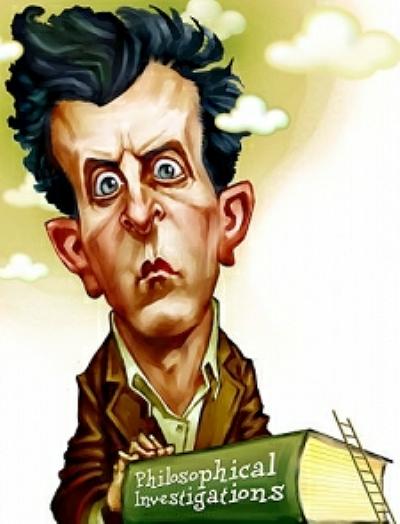Four Naturalistic Strategies in Accounting for Ethical Claims
The intuitionist account of value claims, which G. E. Moore presented in answer to the is/ought dichotomy first flagged by David Hume, proposes that there are objective facts about what’s good, especially the good thing to do, and that they hinge on a private experience we each have of the good. Just as we know colors by seeing them, so, this thesis goes, we know good actions and objectives by recognizing them (if and when they manifest themselves to us through sensory input). That is, according to Moore, the term “good” can be understood as denoting a property of a thing, just as a term like “yellow” denotes a property which some things may have, namely the property of being the color we call “yellow.” But where yellowness is, as Moore put it, a “natural property” which we know through our direct experience of it (when we see it) goodness counts as a “non-natural property” because it’s not inherent in any of the sensory inputs we have, although there is something about the way we have those sensory inputs that prompts in us the recognition of the presence of goodness alongside the "natural" properties we observe through our sensory inputs.
That is, on this view, goodness is knowable directly through our experience just as the sight of yellow in a thing is. This makes use of the Kantian sense of “intuit,” i.e., of having knowledge of something without the intermediation of other knowledge, of something else. In other words, we don’t need a reason to reach the conclusion that something is good, if it is, because we recognize it directly (just as we recognize that yellow things are yellow).
But Moore offered no explanation of what it is to know what’s good in the way we know what’s yellow and later thinkers, like Philippa Foot, questioned the usage of “intuition” as Moore presented it. . . .

 (Stuart W. Mirsky is the principal author of this blog).
(Stuart W. Mirsky is the principal author of this blog).




 Stuart W. Mirsky
Stuart W. Mirsky